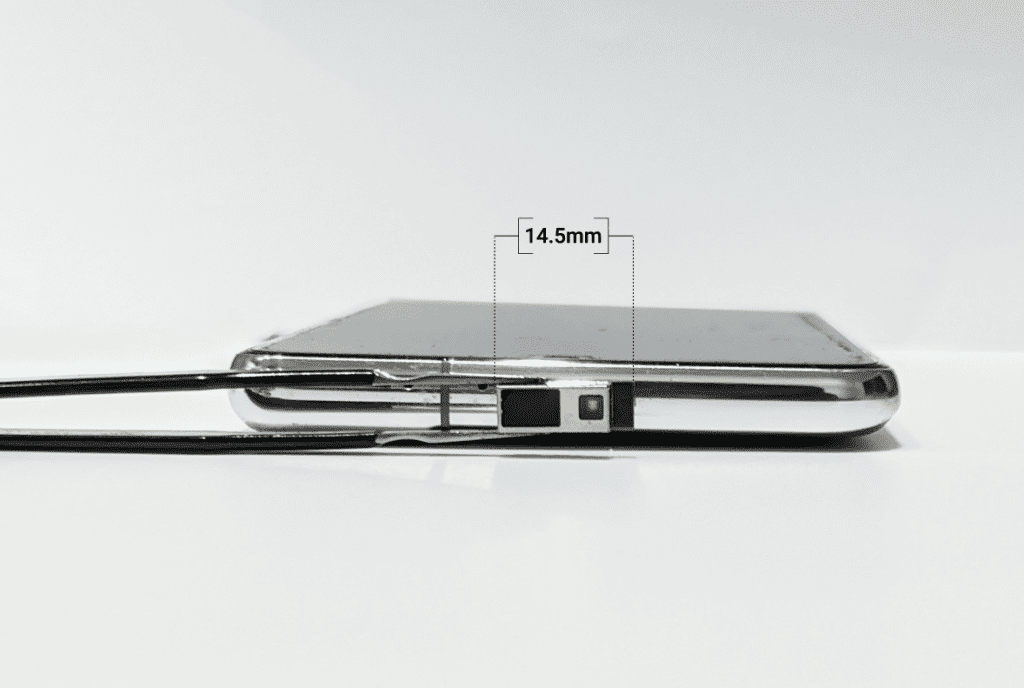
Light-based Wi-Fi — Li-Fi — just got standardized, which means we might be years away from connecting to the net with beams of light.
The Institute of Electrical and Electronics Engineers (IEEE) just released the 802.11bb standard for Li-Fi, as reported by Android Police. For-profit company pureLiFi and research institute Fraunhofer HHI, which are both at the head of Li-Fi development, welcomed the standards release in a joint press release.
However, the arrival of an official standard doesn’t mean Li-Fi will replace your Wi-Fi any time soon. In fact, it likely won’t totally replace it all — instead, Li-Fi and Wi-Fi will likely work in tandem, switching between the two options depending on what works best for a particular situation. Either way, we’re likely still years away from any significant Li-Fi capabilities on consumer devices. That said, pureLiFi already has a ‘light antenna’ that’s small enough to potentially fit into a smartphone, so we might get Li-Fi sooner than expected.

pureLiFi’s Light Antenna ONE. (Image credit: pureLiFi)
Unlike Wi-Fi, which uses radio waves to transfer data with wires, Li-Fi uses light. By flickering light in a specific way, Li-Fi receivers can interpret and thus transfer data wirelessly. And don’t worry about your home looking like a rave with Li-Fi lights strobing — LED lights already turn on and off multiples time per second, and the human eye mostly can’t detect it. Plus, Li-Fi can work with visible, infrared and ultraviolet light.
With an official standard locked down, it seems like the way is paved for light-based connectivity.
Image credit: pureLiFi
Source: pureLiFi via: Android Police
MobileSyrup may earn a commission from purchases made via our links, which helps fund the journalism we provide free on our website. These links do not influence our editorial content. Support us here.


